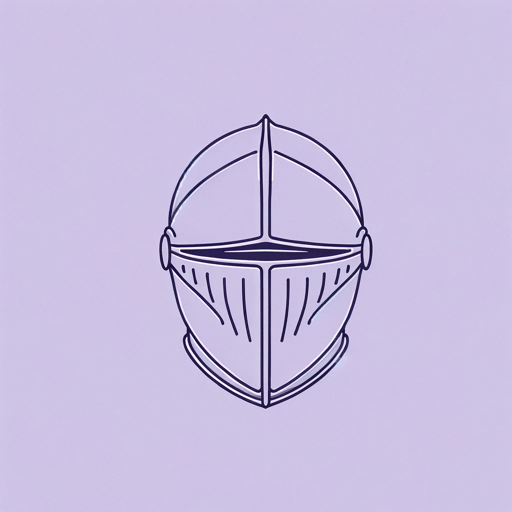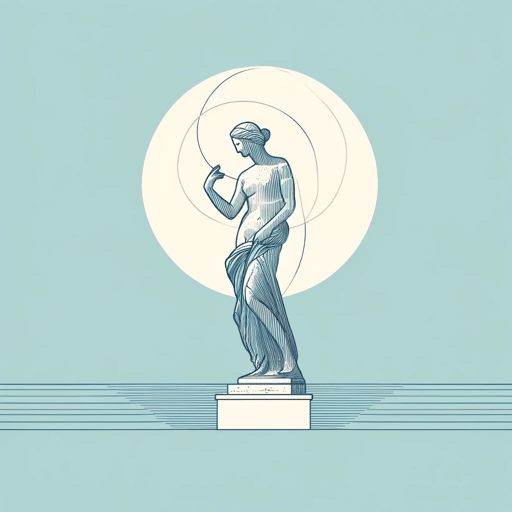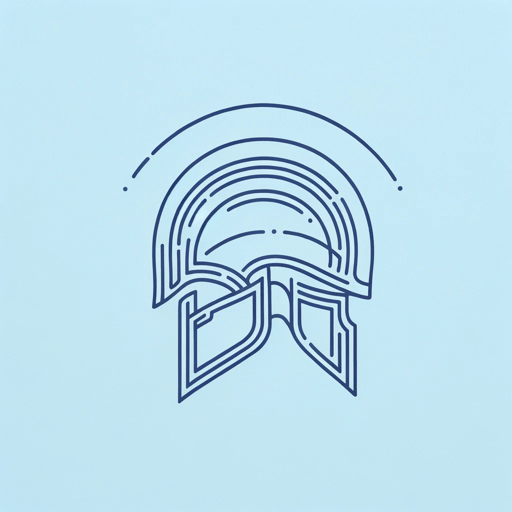22 pages • 44 minutes read
John KeatsOn First Looking into Chapman's Homer
Fiction | Poem | Adult | Published in 1816A modern alternative to SparkNotes and CliffsNotes, SuperSummary offers high-quality Study Guides with detailed chapter summaries and analysis of major themes, characters, and more.
Further Reading & Resources
Related Poems
“Ode on a Grecian Urn” by John Keats (1819)
When John Keats grew frustrated with the constrictions of the sonnet form, whose stringent rhyme schemes restricted the tone he wished to achieve, he turned to a freer form of ode that he developed to suit his work. “Ode on a Grecian Urn,” one of the most famous of his Great Odes of 1819, speaks to his astonishing success. Like “On First Looking into Chapman’s Homer,” the ode examines the human relationship with art and the epiphanic potential that lies in the aesthetic experience, and each focus on the productions of ancient Greece. In the case of his ode, however, Keats carries his thoughts on the transportive and educative aspects of beauty further, particularly in its infamous and ambiguous last lines.
“Adonais” by Percy Bysshe Shelley (1821)
Shelly came to know Keats towards the end of his life, and it was his invitation that brought Keats to Rome, where Keats soon died in 1821. Shelly, learning of this a month later, immediately began Adonais, a long poem in 55 Spenserian stanzas—a stanza of nine lines, the first eight in iambic pentameter with the final line being an alexandrine, an iambic line of six feet (hexameter).
Related Titles
By John Keats

Endymion: A Poetic Romance
John Keats

La Belle Dame sans Merci
John Keats

Meg Merrilies
John Keats

Ode on a Grecian Urn
John Keats

Ode on Melancholy
John Keats

Ode to a Nightingale
John Keats

Ode to Psyche
John Keats

On Seeing the Elgin Marbles
John Keats

The Eve of St. Agnes
John Keats

To Autumn
John Keats

When I Have Fears That I May Cease to Be
John Keats

